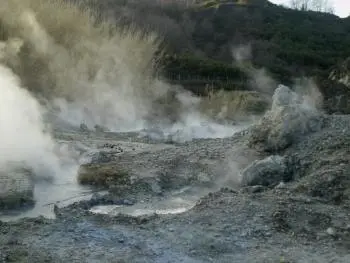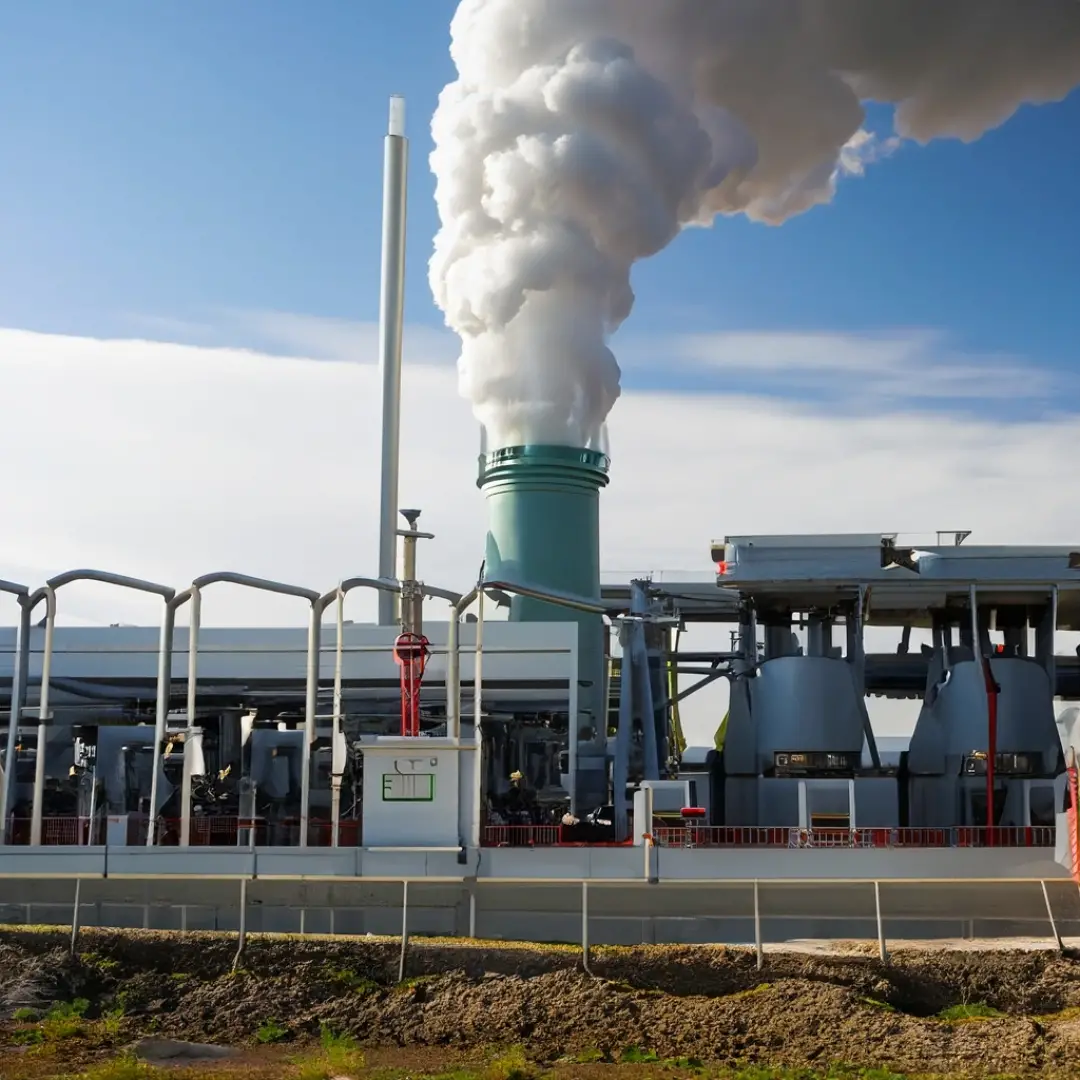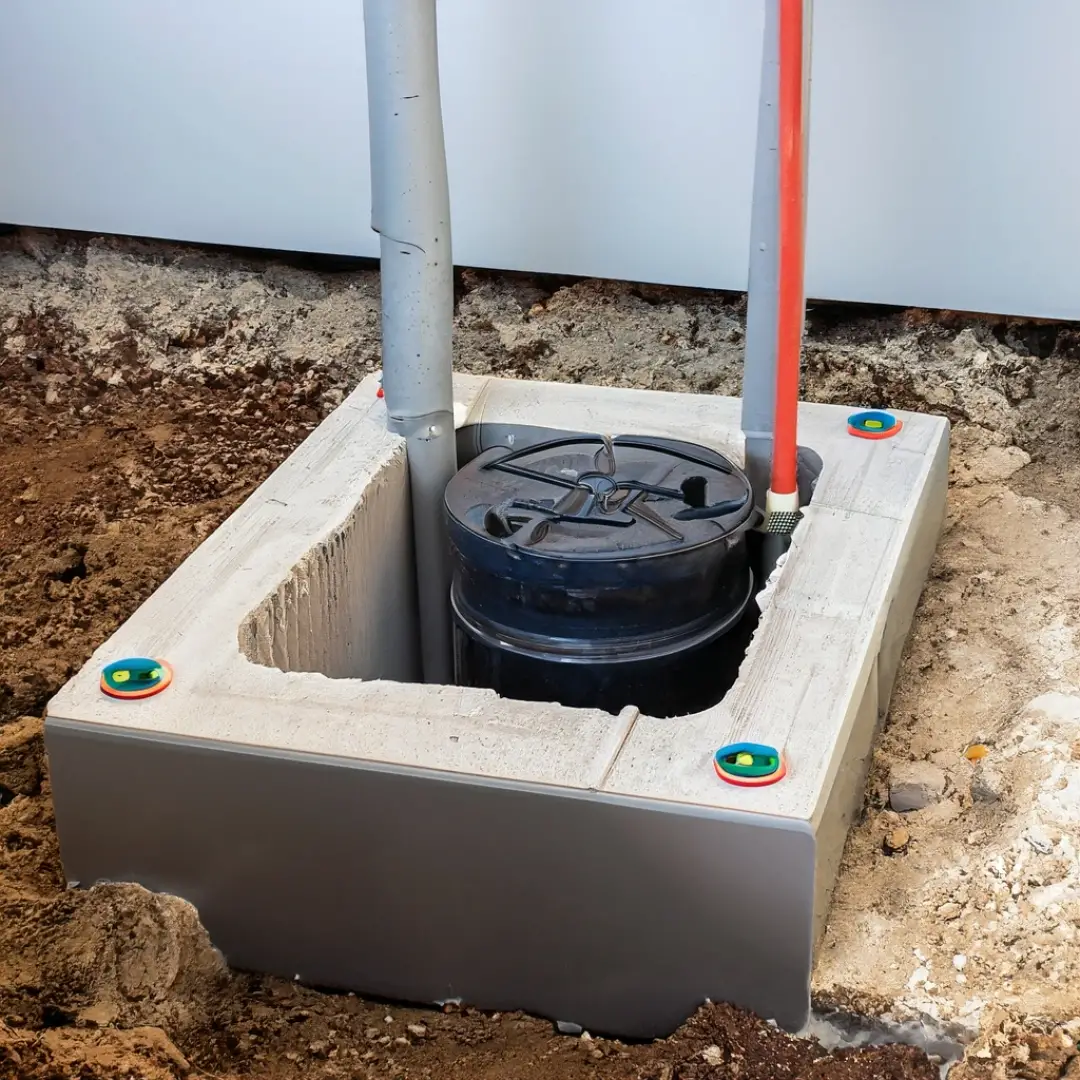
Geothermal energy generation is a process that allows us to harness the heat contained within the Earth to produce electricity and provide heating and cooling efficiently and sustainably.
In this article, we will explain in detail the geothermal energy generation process and how the earth's heat is transformed into electricity.
Operation of a geothermal power plant

Below we explain how this geothermal process works:
1. Geothermal heat collection
The first crucial step in the geothermal energy generation process is the collection of geothermal heat. To do this, geothermal wells are drilled into the Earth, which can vary in depth depending on the region and the availability of geothermal heat.
The deeper you drill, the higher the temperature of the geothermal fluid collected. The heat comes from the decay of radioactive elements and waste heat from the formation of the Earth.
2. Recirculation of geothermal fluid
Once the geothermal fluid has been collected, it is pumped to the surface. This fluid can be hot water, steam or a mixture of both.
The geothermal fluid is often under pressure due to high temperatures in the subsurface. The pressure can be exploited to bring the fluid to the surface without the need for additional pumps, increasing the efficiency of the process.
3. Electricity generation
 The collected geothermal fluid is directed to a geothermal power plant, where it is used to heat a second fluid, which is generally an organic Rankine cycle coolant.
The collected geothermal fluid is directed to a geothermal power plant, where it is used to heat a second fluid, which is generally an organic Rankine cycle coolant.
This second fluid vaporizes due to the heat of the geothermal fluid and turns into high-pressure steam. The steam generated drives a turbine connected to an electrical generator.
The turbine transforms the kinetic energy of the steam into mechanical energy, which, in turn, is converted into electricity through the generator.
4. Condensation and steam recirculation
After driving the turbine, the steam is cooled and condensed in a condenser. The condensation of the vapor turns it back into liquid, ready to be recirculated back into the system.
This recirculation of the fluid guarantees that the process is cyclical and continuous, without the need to consume more geothermal resources.
In this process, no water is consumed or carbon dioxide is released into the atmosphere, making it a very environmentally friendly energy generation method.
5. Electricity distribution
The electricity generated at the geothermal plant is distributed through the electrical grid and is used to power homes, industries, and a wide range of consumers.
The key advantage of geothermal energy here is its ability to provide electricity continuously, as it is not dependent on weather conditions, unlike intermittent energy sources such as solar and wind energy.
How geothermal energy works in a home
 Harnessing geothermal energy for homes involves the use of geothermal heating and cooling systems, also known as geothermal heat pumps, to regulate the temperature inside homes efficiently and sustainably.
Harnessing geothermal energy for homes involves the use of geothermal heating and cooling systems, also known as geothermal heat pumps, to regulate the temperature inside homes efficiently and sustainably.
These systems take advantage of the constant soil temperature at a certain depth to heat in winter and cool in summer.
Here's how this process works:
1. Geothermal heat capture
In a geothermal home heating and cooling system, pipes or loops are installed buried in the ground, usually to a depth of around 1.5 to 2 meters or more. These pipes are filled with coolant, which is a mixture of water and antifreeze. As the liquid circulates through the pipes, it absorbs heat from the ground in winter.
2. Heat transfer
The coolant absorbs heat from the ground and carries it back to the home's heating system. In a reverse refrigeration cycle, absorbed heat is transferred to the air inside the home through a heat exchanger, raising the temperature in the home.
3. Heat distribution
The thermal energy transferred to the air is distributed through ducts or radiators in the home, providing heat throughout the living space.
4. Cooling in summer
During the warmer months, the geothermal heating and cooling system can operate in reverse mode, that is, as a cooling system. In this case, heat from the indoor air is transferred to the coolant and then dissipated into the ground. This cools the air in the home.